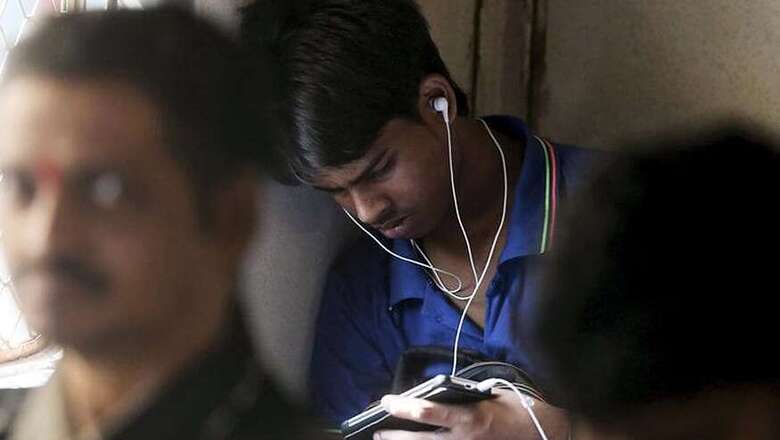
views
Half of all TV and video viewing in 2020 will take place on mobile screens -- tablets, smartphones and laptops -- in an 85 percent increase since 2010, an Ericsson study projected on Monday. The smartphone also will account for 50 percent of TV and video viewing on mobile screens, the study said. Time spent watching TV and video content have reached a new high of 30 hours a week, including active viewing of scheduled linear TV, live and on-demand internet services, downloaded and recorded content, as well as DVD and Blu-ray, reveals the eighth edition of the Ericsson "ConsumerLab TV and Media" report.
The study also said that Virtual Reality (VR) is on the road to becoming mainstream and by 2020, one in three consumers will be VR users. "This year also marks the first time that we have explored the level of consumer interest in VR in conjunction with media consumption, and the findings have been fascinating," said Anders Erlandsson, Senior Advisor, Ericsson ConsumerLab. "VR has the potential to bring together people from all over the world and create deeper, more personalised, and more complementary media experiences," Erlandsson said.
The study is based on quantitative data collected from 13 countries including India. Approximately 20,000 online interviews were held with people aged 16-69 in Brazil, Canada, China, Germany, India, Italy, Russia, South Korea, Spain, Sweden, Taiwan, Britain and the US. All respondents have a broadband internet connection at home and watch TV or video at least once a week, and almost all use the internet on a daily basis. Qualitative insights were gathered through in-depth interviews conducted in virtual reality with English speaking users of VR.
The study showed that close to 60 percent of viewers now prefer on-demand viewing over scheduled linear TV viewing, an increase of around 50 percent since 2010. The average number of used on-demand services has increased from 1.6 in 2012 to 3.8 services in 2017 per person. Portability is also becoming an increasingly important factor, with more than a third of consumers wanting access to content when abroad. Smartphone viewing also continues to gain ground, according to the study.
Approximately 70 percent of consumers now watch videos on a smartphone -- double the amount from 2012, the findings showed. The study revealed that teenagers are now watching TV and videos like never before with 16-19-year-olds spending 33 hours each week, an increase of almost 10 hours a week since 2010.
Watch Video: Samsung Frame TV First Look | A 4K UHD TV That Transforms Into Art


















Comments
0 comment